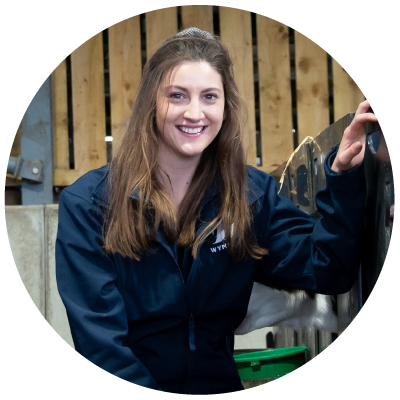Manipulating photoperiods and light for the milking cows is a fairly well researched and discussed topic. However, often we forget to consider the benefits this could have for dry cows.
What does photoperiod mean?
The length of time an animal is exposed to light in a day, known as photoperiod, can be adjusted to help dairy farmers.
What is the optimum ‘light’ and ‘dark’?
Light period: 160 – 200 lux.
Dark period: 30 - 50 lux. Cows are still able to express their natural behaviour.
Maintain a consistent light intensity throughout the shed so there are not light or dark spots. When measuring light, take the readings from a cows eye level. Cows like to eat on a clean, flat, and light-colored surface. Using a reflective coating can help them eat more.
Increased Milk Production
Studies have shown that dry cows reared under a short photoperiod (8 hours light: 16 hours dark) led to increased milk yield in the first 120 days of lactation, when compared to cows kept in long photoperiods during the dry stage. Some studies, such as by Velasco et al., (2008) and Lacasse et al., (2014) have shown increased yields up to 10%.
Photoperiod has been associated with hormones, such as melatonin and prolactin, which are involved in both milk and colostrum production. Melatonin production is suppressed in daylight and peaks during hours of darkness.
During a brief period of less light in the dry season, there is a connection between prolactin and prolactin receptors. Even though prolactin levels decrease, there are more prolactin receptors, which is important for making milk. This could be why studies show higher milk production.
Colostrum
A study carried out in 2018, by Gavin et al. found that there was a strong correlation between light hours, in the last month of gestation, and colostrum yield. Other studies have also similar results. Others have also found that colostrum yields increased during a long photoperiod dry period; however, the concentration of immunoglobins were lower, highlighting a poorer overall quality.
Low-quality colostrum can cause problems with transferring immunity to calves. This is because it has low immunoglobulin levels. As a result, calves may experience higher mortality and illness rates.
Studies have shown that temperature-humidity index (THI) and photoperiod length both affect this relationship. However, more research is needed to fully understand it.
Tip: Red light can stimulate darkness. This will not affect the cows perception of darkness but can make it easy for staff.
Summary
More research is needed to understand the connection between photoperiod and colostrum quality. However, it is clear that shorter daylight periods during the dry period can increase milk production.










